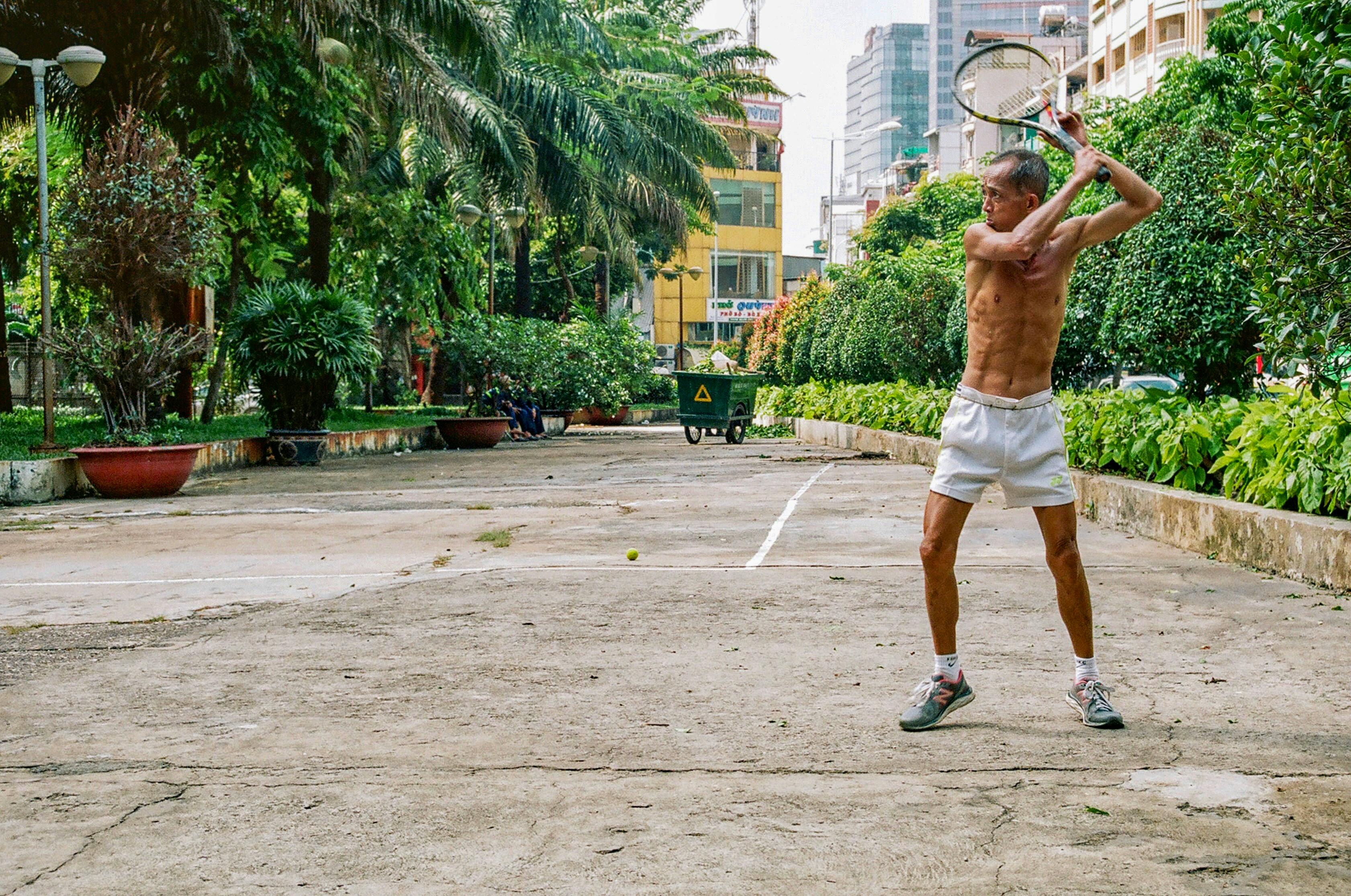Even in this era, Chinese masks are used within two main elements of Chinese culture. The New Year masks that the Chinese wear to welcome the new year around the world. And the opera masks that are painted and drawn on the faces of the actors and singers and are used to represent the traits and characteristics of the role that each actor plays.
Chinese New Year masks are not seen at any other time of the year. The exciting and extravagant Chinese New Year can last a week or more and ends with the Yuanxiao, which is a lantern festival. The masks used represent the moods and emotion of enjoyment and happiness that are related to the ceremonies and the festival. The Chinese often buy gifts, buy new clothes and cook expensive meals for the new year. Throughout this period, many works of art and crafts, such as Chinese masks in their rich and vivid colors, are used and displayed to show the nature of the holiday.
Chinese masks are made up of numerous materials such as stones and metals, leather and cloth, paper and grass, and more. They are then painted in different color themes and designs. Some masks can represent animal or human characteristics such as the lion or the dragon. Red is also a popular color, it is believed to bring prosperity and many red masks will be seen during celebrations.
The Chinese New Year is based on the tradition of deities, spirits, good and bad beings, and animal ancestors. Masks commonly represent these characteristics and powers and are held in high regard during Chinese New Year ceremonies and dances.
The dragon has a special meaning in New Year and it is a bringer of good luck and fortune, especially for agriculture and harvest, and it is also the bringer of rain. The New Year celebrations mark the beginning of the planting and growing seasons in China, so the two are closely related.
The dragon mask is a key symbol of fortune and prosperity for the New Year. The dragon mask is an important part of Chinese heritage and specifically of New Years parades. While the dragon mask may not have the same significance as it did in ancient times, no New Year’s parade today is without it.
The dragon mask started out as this type of symbol, but over the centuries, the role of the mask in Chinese society has changed. The mask is no longer considered such an important part of agricultural prosperity today, but it is still a very important symbol to the Chinese people.
The dragon masks used during parades are commonly very complex and elaborate in vivid colors, usually gold, red, and blue with skin and feathers headed by the large dragon mask that generally features bright red. A traditional dragon mask will generally have a wide, rounded mouth or a yawning jaw. The person leading the dragon dance procession will wear the mask or hold it over their head as the dragon dances and meanders through the streets.
The other type of masks in Chinese culture are modern Chinese opera masks that are painted or used as thin cloth masks. The tradition of facial makeup started from totems created centuries ago that later became face paintings. Basic representations of painted faces were discovered on tomb murals during the Song dynasty. Later this evolved and as the paintings improved, along with the skills of the painters and craftsmen and the tools they used, the masks evolved to put on themes and designs in full color and came to represent different artistic roles, different emotions. and different moods.
Frequently used facial make-ups include yellow which represents cruelty, silver and gold which are typically used to represent gods and demons and for spirits and ghosts, blue which is vigor and courage, and green which represents justice and chivalry. These color themes have remained the same for centuries and have been passed down and refined throughout the ages of Chinese art, culture, and history.
